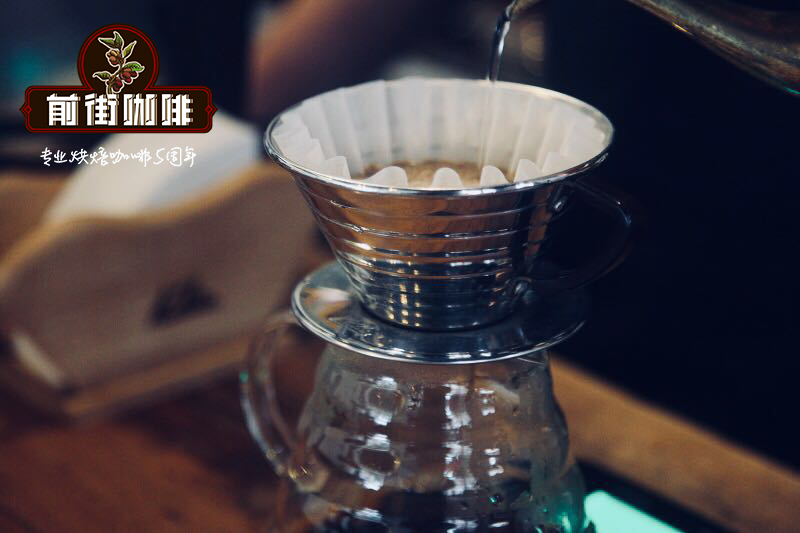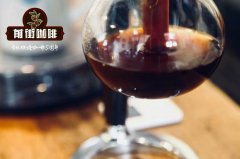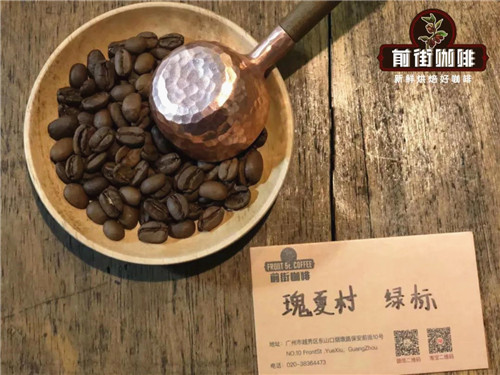Colombia Cymbidium region Dumbo washed flavor how to Dumbo coffee name origin

Product name: Columbia Dumbo washing (Colombia supreme DUMBO Washed)
Flavor description: stone fruit, vanilla, nut, dark chocolate finish, rich caramel aroma, rich taste.
Country: Colombia ((Colombia))
Producing area: Villa province (Huila)
Producer: local coffee farmers in Vera province
Varieties: Caturra, Typica, Bourbon
Altitude: average 1200 to 1900 m
Grade: Supremo
Treatment: traditional washing treatment
Harvest time: 30% from April to June
September to January 70%
Certification: NCMA
Introduction:
This batch of Dumbo is licensed for export by FNC, the Colombian National Coffee production Association established in 1972, to guarantee the quality of Colombian coffee and to certify its producing areas. FNC is a government coffee agency, a non-profit organization that fully serves Colombian coffee farmers, and the only professional service unit in Colombia that represents official coffee. Sweet and mellow flavor is its characteristic, CP value is ultra-high level, suitable for single product or formula.
Huila province is located in western Colombia. Coffee grows on the slopes of the canyons formed by the western seaside mountains and the eastern mountains. Because of the best quality through the Los Nalanjos River, the scenic banks of this region are home to butterflies and wind birds, and this area is also home to good coffee in Colombia. The fine coffee beans produced by many small farmers in this producing area have the characteristics of the flavor of the producing area. In recent years, with the attention to the quality of coffee and the demand for fine coffee in the international market, we have changed to micro-batches (Micro-regional selections) provided by small farmers in micro-production areas, where dozens of small farmers provide their unit harvest into a micro-batch to sell. Quality control will be better, and there is also a better opportunity to select many high-quality small farmers' coffee in specific micro-producing areas through batch-by-batch cup testing.
The main producing areas are Huila (San Augustin), Narino, Tolima, Popayan (Cauca), Valle de Cauca, Meta, Antioquia (Medellin), Magdelena (Sierra Nevada), Boyaca, Santander (Bucaramanga) and so on. About 700 million coffee trees are documented in Colombia, 66% of which are planted in modern plantations and the rest in small, traditionally run farms. The main varieties include Kaddura Caturra, Colombia Colombia, Tibica Tipica, Bourbon Bourbon, Elephant Bean Maragogype, and Tabi. Farms and cooperatives throughout the country, big or small, are distributed in more than 500000 municipalities and 14 major coffee-producing areas. A total of 2 million Colombians depend on coffee cultivation for a living, contributing 12.5 per cent to gross domestic product.
To the west of Colombia is the Andes, which is divided into three parts: the western, central and eastern mountains. The Cauca and Magdalena rivers flow along the Caribbean to the lowland plains. Colombia is currently the second largest coffee producer in the world, using washing to treat Arabica coffee beans. It is also one of the largest producers of high-quality coffee in the world. Traditional deep-roasted coffee has a strong and memorable flavor. Coffee was first introduced to Colombia in 1808, when it was brought by a priest from French Antilles via Venezuela. Today, the country is the third largest coffee producer after Brazil and Vietnam, with an annual output of 12 million bags of 60 kg each, while Brazil produces 31 million bags a year. The status of coffee in Colombia can be seen in the following examples: all vehicles entering the country must be sprayed and sterilized so as not to inadvertently cause disease and damage coffee trees.
Important Notice :
前街咖啡 FrontStreet Coffee has moved to new addredd:
FrontStreet Coffee Address: 315,Donghua East Road,GuangZhou
Tel:020 38364473
- Prev

Introduction to the Flavor characteristics of Red Honey Rose Summer in Costa Rica the boutique of Benfeigo Farm has a high sex-price ratio.
Farm: El Beneficio Farmer: Juan Ramon Alvarado country: Costa Rica Province: Heredia City: San Isidro altitude: 1500-1600m Coffee varieties: rose processing: red honey treatment flavor: light mint and caramel aromas. Light body style, slightly floral rose summer, with some roses and rose tea. Milk skillful
- Next

How does Rosa Village Green label Rose Summer Flavor in Ethiopia characteristics of Rosa Coffee beans in Rosa Village Manor
Country of origin: Ethiopia: Banchi Magi, southwestern Ethiopia (Bench Maji) varieties: single Gori variety manor: rose summer village (rose summer village) manor (Gesha Village Estate) manor owner: Adam Overton, Rachel Samuel block: Xihua block (Shewa-Jibabu) altitude: average 1900 to 2100 m grade: water
Related
- Detailed explanation of Jadeite planting Land in Panamanian Jadeite Manor introduction to the grading system of Jadeite competitive bidding, Red bid, Green bid and Rose Summer
- Story of Coffee planting in Brenka region of Costa Rica Stonehenge Manor anaerobic heavy honey treatment of flavor mouth
- What's on the barrel of Blue Mountain Coffee beans?
- Can American coffee also pull flowers? How to use hot American style to pull out a good-looking pattern?
- Can you make a cold extract with coffee beans? What is the right proportion for cold-extracted coffee formula?
- Indonesian PWN Gold Mandrine Coffee Origin Features Flavor How to Chong? Mandolin coffee is American.
- A brief introduction to the flavor characteristics of Brazilian yellow bourbon coffee beans
- What is the effect of different water quality on the flavor of cold-extracted coffee? What kind of water is best for brewing coffee?
- Why do you think of Rose Summer whenever you mention Panamanian coffee?
- Introduction to the characteristics of authentic blue mountain coffee bean producing areas? What is the CIB Coffee Authority in Jamaica?

